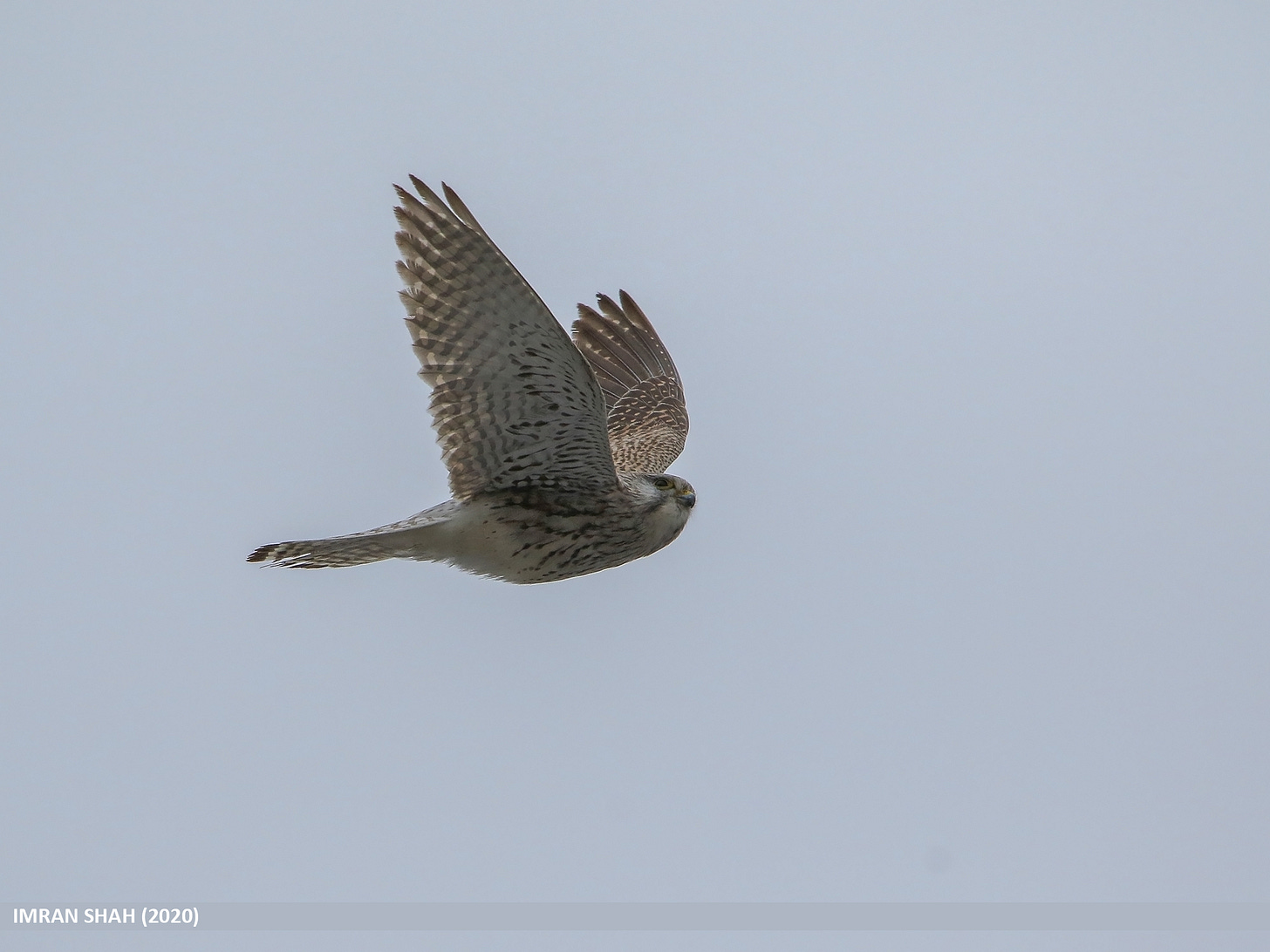Today’s Poem: The Windhover
On solitary eccentrics, their compulsive prosodies, and the glory of the hawk

Britain used to be, and perhaps still is, full of solitary, hyper-focused eccentrics, of whom John Alec Baker (1926–1987) is one specimen. J.A. Baker, Chelmsford branch manager for the British Automobile Association, was a man whose entire consciousness seems to have consisted of a fascination not with cars, but with hawks.
We know about him only because he set that consciousness down in writing. His 1967 book The Peregrine, distilled from ten years’ worth of birdwatching diaries, reads as the account of a single year, recording its author’s excursions on foot through the fields and estuaries, the copses and shingled sea-verges of the Essex coast. This flat, wet, seemingly empty landscape, as he observed it, teemed with drama: the lives and deaths of birds.
Baker observed hawks and their prey with the drivenness of the monomaniac, and he channeled the same drivenness into writing about them. As consumed as he was by birds, in The Peregrine these birds beco…
Keep reading with a 7-day free trial
Subscribe to Poems Ancient and Modern to keep reading this post and get 7 days of free access to the full post archives.



